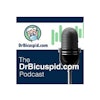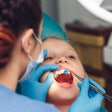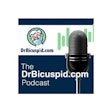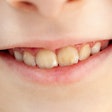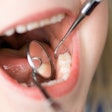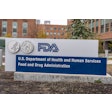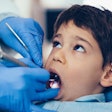A new report from the Minnesota Department of Health (MDH) reveals that 55% of third-graders surveyed in 2010 experienced tooth decay, slightly higher than the national rate of 53% for children 6 to 8 years old.
In collaboration with a wide array of stakeholders, the MDH has produced the Minnesota Oral Health Plan: Advancing Optimal Oral Health for All Minnesotans, the state's first comprehensive oral health plan. The strategic plan outlines the populations most at risk for oral disease, the obstacles to routine dental care, and strategies for improving oral health and reducing millions of dollars of unnecessary medical costs.
It also offers a range of solutions, such as providing dental sealants, increasing water fluoridation, enhancing the dental workforce, increasing use of public insurance programs, implementing a statewide dental health tracking system, and improving the integration of medical and dental care.
The plan calls for the state to bolster its dental workforce through more innovative strategies to recruit, prepare, retain, and equitably distribute oral health care providers throughout the state. In response to workforce shortages, Minnesota has been a trailblazer in sanctioning midlevel dental professionals such as dental therapists, advanced dental therapists, and dental hygienists to provide dental services to patients.
According to the new report, low-income children bear the greatest burden of oral diseases in the state. Children eligible for free or reduced lunch were almost one and a half times more likely to experience tooth decay and almost three times more likely to have the decay go untreated than more affluent peers.
However, the proportion of Minnesota third-graders with untreated tooth decay, at 18%, was lower than the national target of 26% set by Healthy People 2020.
Inadequate dental care has long-term health and cost consequences, including $148 million in emergency department charges in Minnesota between 2007 and 2010 for preventable, nontraumatic conditions.
Other figures cited in the report support the organizations' call to action:
- Minnesotan adults making $15,000 or less yearly were three times less likely to visit a dentist in 2010 than adults making $50,000 or more.
- Among the elderly, a person without a high school degree was 10 times more likely to have all teeth extracted than someone with a college degree.
- 64% of Minnesota third-graders show evidence of dental sealants on at least one permanent molar, which is two times higher than the national rate of 32% and supersedes the Healthy People 2020 goal of 28%.
- Minnesota's high sealant rate drops off to the low rate of 42% among the state's poorest children in families earning 75% or less then federal poverty levels.
- Hispanic children lag behind white children in dental sealant prevalence rates both nationally and locally; the gap in sealant rates at the national level between Hispanic and white children is twice as almost wide (50%) when compared with the rate in Minnesota (26%).
On February 22, the Minnesota Oral Health Program and Minnesota Oral Health Coalition will convene a spectrum of stakeholders to move the work forward around strategies outlined in the Minnesota Oral Health Plan.



